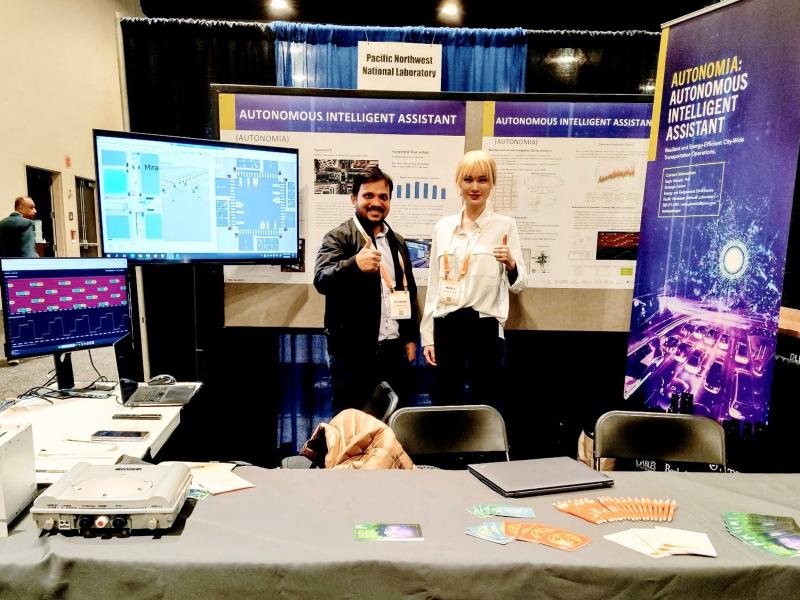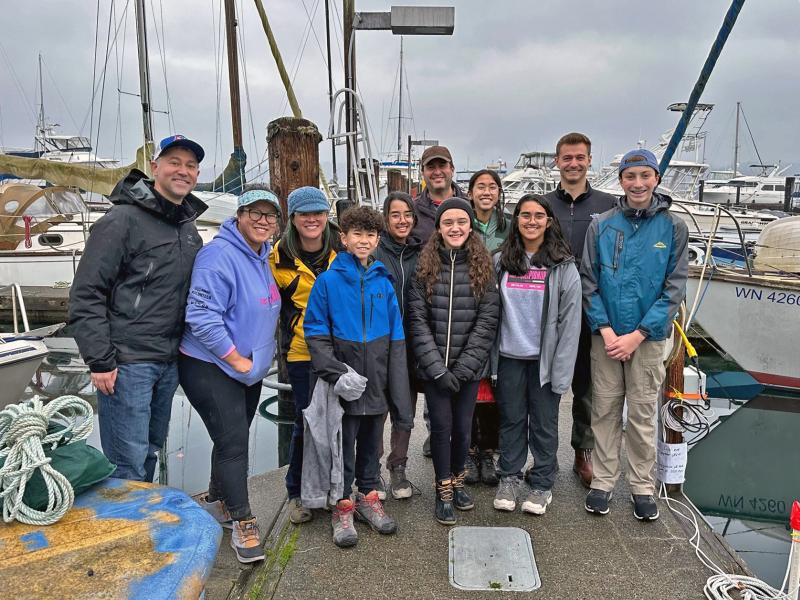
World Oceans Day
World Oceans Day
World Oceans Day (June 8, 2025) pays homage to the largest ecosystem on our planet by raising awareness of the vital role that oceans play in our daily lives. The Pacific Northwest National Laboratory (PNNL) is home to the only marine research facility in the U.S. Department of Energy laboratory system, in Sequim, Washington. With access to the coast, seawater systems in the lab, and autonomous ocean sensing systems, PNNL delivers integrative science, modeling, analytical tools, and expertise to advance marine science.
Supporting Energy Innovation
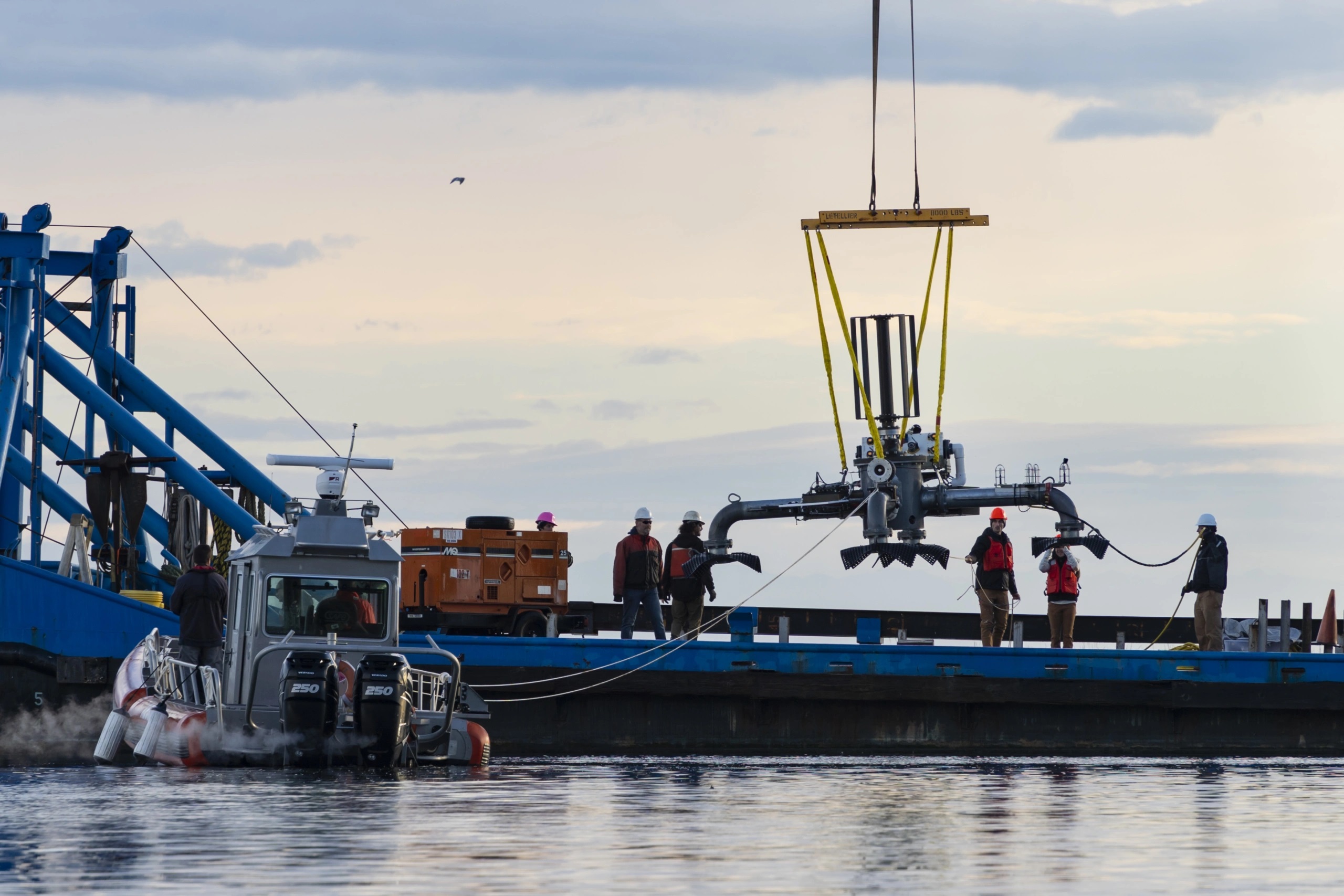
Waves, tides, and currents hold vast untapped potential to provide us with energy. Marine energy is an emerging area in which PNNL provides expertise to advance the sector and overcome technological, environmental, and operational challenges. Widespread deployment of marine energy technologies could power a multitude of applications.
- PNNL-Sequim is home to a new hybrid research vessel (RV), RV Resilience, designed to accelerate marine research in energy, national security, and more.
- Read about how PNNL researchers are partnering with the University of Washington to help advance new marine energy technologies.
Learn more about marine energy and environmental monitoring of marine energy devices at PNNL.
Advancing Energy Resilience
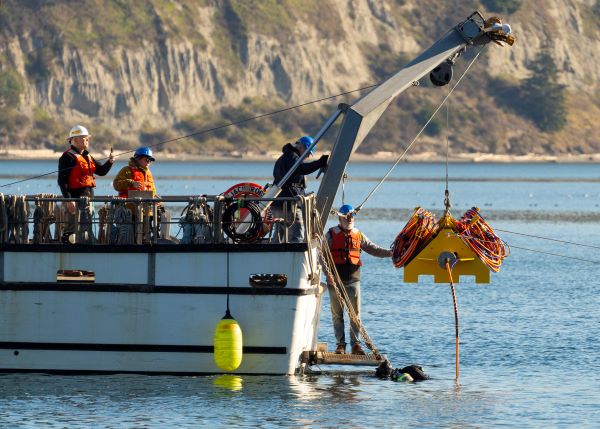
Coastal zones comprise only 17 percent of the U.S. land area, but they house more than half of the U.S. population. Coastal communities face unique energy challenges that require increased energy resilience to keep the lights on. Researchers at PNNL are providing data and expertise that can be used to support energy-resilient communities.
- The grid value proposition of marine energy integration is being tested nationally and around the world to bring more affordable energy to remote and coastal settings that need more options.
- At the PNNL-Sequim campus, a microgrid testbed is at work to test new energy generation sources with load-balancing analytics to improve grid resiliency for remote and coastal settings.
Learn more about the ocean resource modeling research at PNNL that is informing coastal community energy planning.
Creative Oceans-Based Solutions
Researchers at PNNL are helping advance ocean-based solutions to a wide variety of modern challenges.
- PNNL is providing foundational science and technology resources, such as the Ocean Engineering Basics videos, publicly to advance this new energy sector.
- PNNL researchers are mining minerals from the sea for vital energy independence research.
Supporting foundational R&D to de-risk new technologies for commercialization.
Leaders in Marine Science
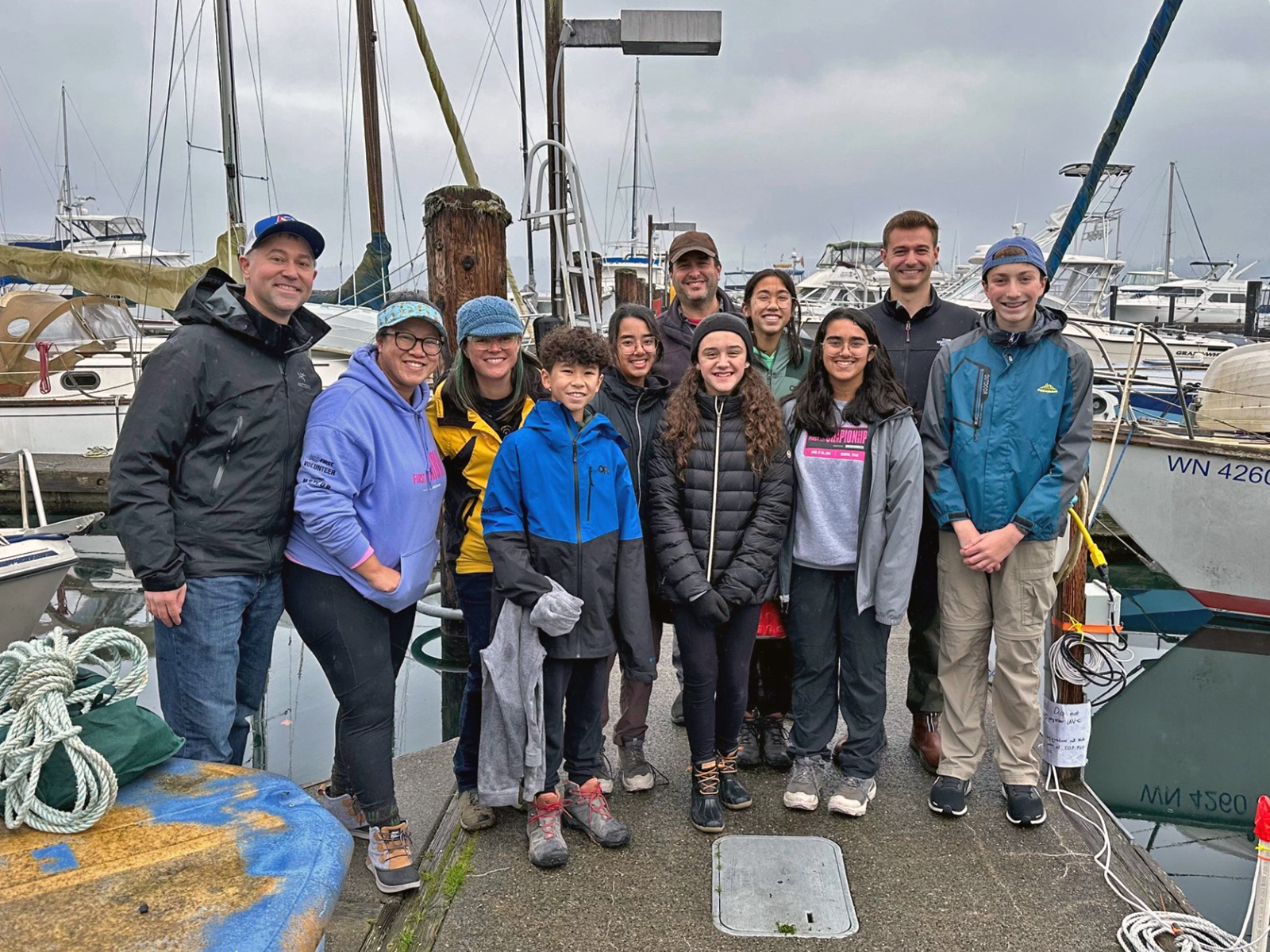
PNNL researchers and staff are leaders in marine science and work with key partners and stakeholders to address pressing concerns in energy, security, and the environment.
- OES-Environmental, a working group focused on examining the environmental effects of marine energy, led by DOE and implemented by PNNL, released the 2024 State of the Science report, on the potential ways marine energy may affect the marine environment.
- In collaboration with academic research institutions, PNNL marine researchers are working with industry partners to advance marine science and technology and spur research and innovation.
- PNNL marine researchers are leaders in their fields and are regularly recognized for outstanding scientific contributions and technological innovations.
Researchers support workforce development and are mentors to the next generation of marine researchers, such as youth robotics teams participating in the FIRST® LEGO® League competitions.
Providing the Necessary Tools
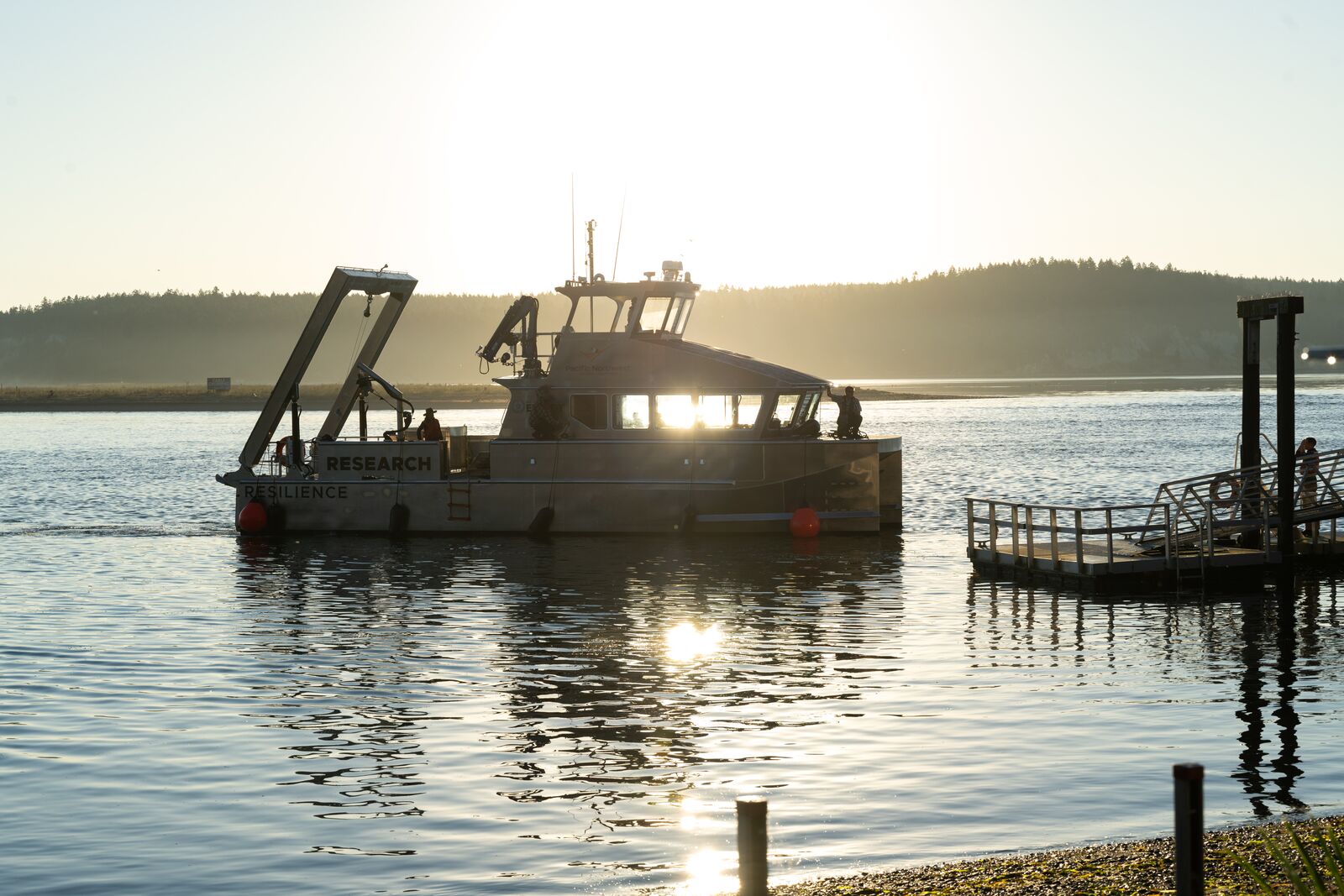
The key to PNNL’s ocean science are the experts, research facilities, and vessels at PNNL-Sequim. Located on Sequim Bay in Washington State, PNNL-Sequim is ideally positioned for marine-based research that helps the nation achieve secure and resilient energy systems for coastal regions. PNNL-Sequim is home to:
- Expert marine scientists and engineers—meet a few in this video series.
- Five research vessels—including a hybrid electric research vessel—and an autonomous surface vehicle.
- Thousands of square feet of aquatic laboratory facilities.
- Nearby marine and wetland field sites.
